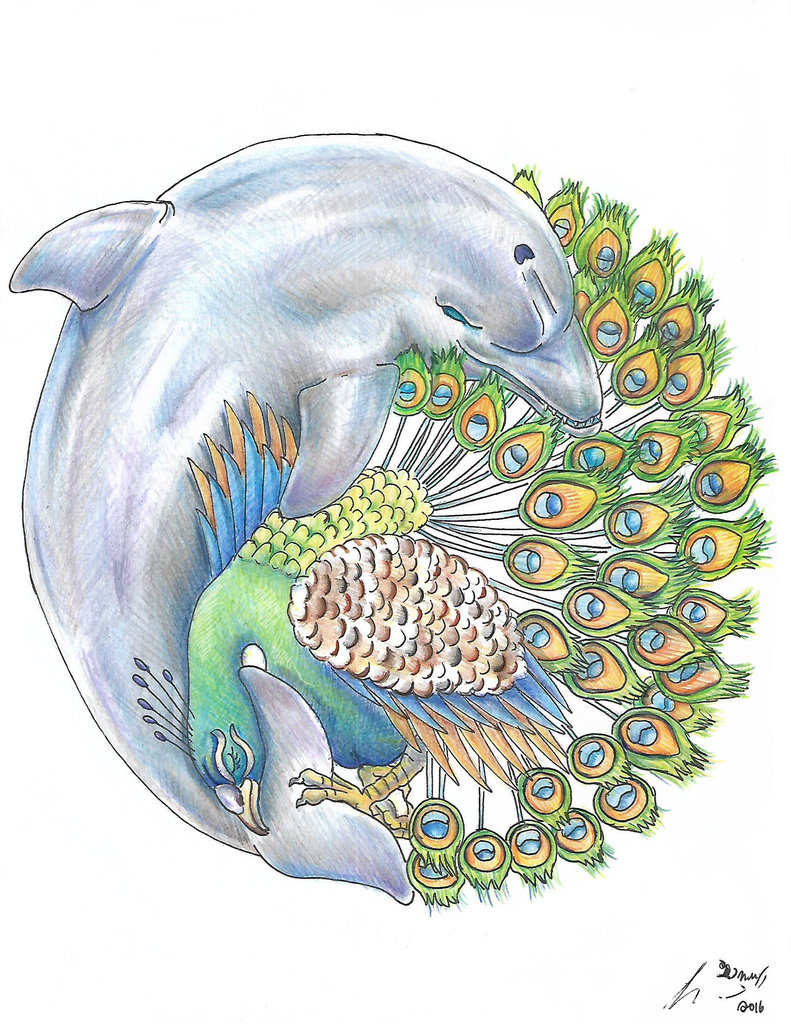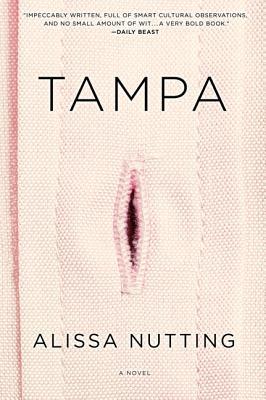Are you a brave reader? If you read Lolita unfazed, made it through American Psycho, and graduated to Story of the Eye, maybe you’re ready for this one.
But ask yourself, what do you want to get out of literature. A thrill? Shock value? There’s a multi-part series on Youtube showcasing the most disturbing books ever printed if you’d like to go down the rabbit hole. But if you read for escape, to jump into an absorbing story, and don’t mind x-rated sections, and taboos, if your trigger warnings are turned off and you haven’t recently eaten, give it a go. The only way it could be more controversial would be if it were animals, cute fluffy ones, instead of teenage boys. (But we shouldn’t give A. N. any sequel ideas). Or if the genders of the main characters were reversed, in which case, read the other reviews to speculate on publishing trends, definitions of obscenity, and other relevant topics.
Have our desensitized, consumerist minds demanded this, or just created a market for it? Could it have been done better? Hard to say. It certainly could have been written worse. As it stands, it reads fifty times better than Fifty Shades of Gray (I read three sentences of that) and approaches the subject matter with professional, New Yorker-quality prose. Occasional flights of fancy add a whimsical layer to the pulse-heightening subtexts, until the eye-widening description takes over the text as a result of the intimate first person narration, usually awash in sensory overload—which in itself should satisfy most readers’ immersive longings. Imagistic quirks sometimes clot the gushing exuberance of the sentences. And midway through, characters start to act in ways reminiscent of cinema scandals, Hollywood climaxes, escapades of attention-mongering indulgence, all reckless enough to induce face palms, eye rolls, and a sickly, sad nausea, like what you might experience in a demented dream, where the universe conspires to trap you in an impossibly contrived situation of vibrant humility. The interior monolog is the star of the show, cataloguing and critiquing the main character’s environment with running commentary. Her predatory impulses define her existence, and her devotion to them empower her in the sense that lampooning and one-upping others converts her pathetic, obsessive personality into an Übermensch perception of self-admiration. But this heightened observational power is undermined by some of her naive justifications and lack of restraint. Then again, if she had any restraint at all, if the desires weren’t overpowering, then the book wouldn’t have a leg to stand on. The book needs to happen, so she needs to lose the battle. However, the interesting part of all this is how this novel becomes literary fiction, rising above erotica, by making plot subservient to psychological insight and societal allegory. The vicious rutting is secondary to what it says about humanity… or is it. You be the judge, jury, and reader.
Like Ballard’s Crash, Nutting uses human fears, insecurities, compulsions, weaknesses, and psychology to fashion a harrowing, downright riveting vehicle for her storytelling.



Leave a reply to L S Popovich Cancel reply